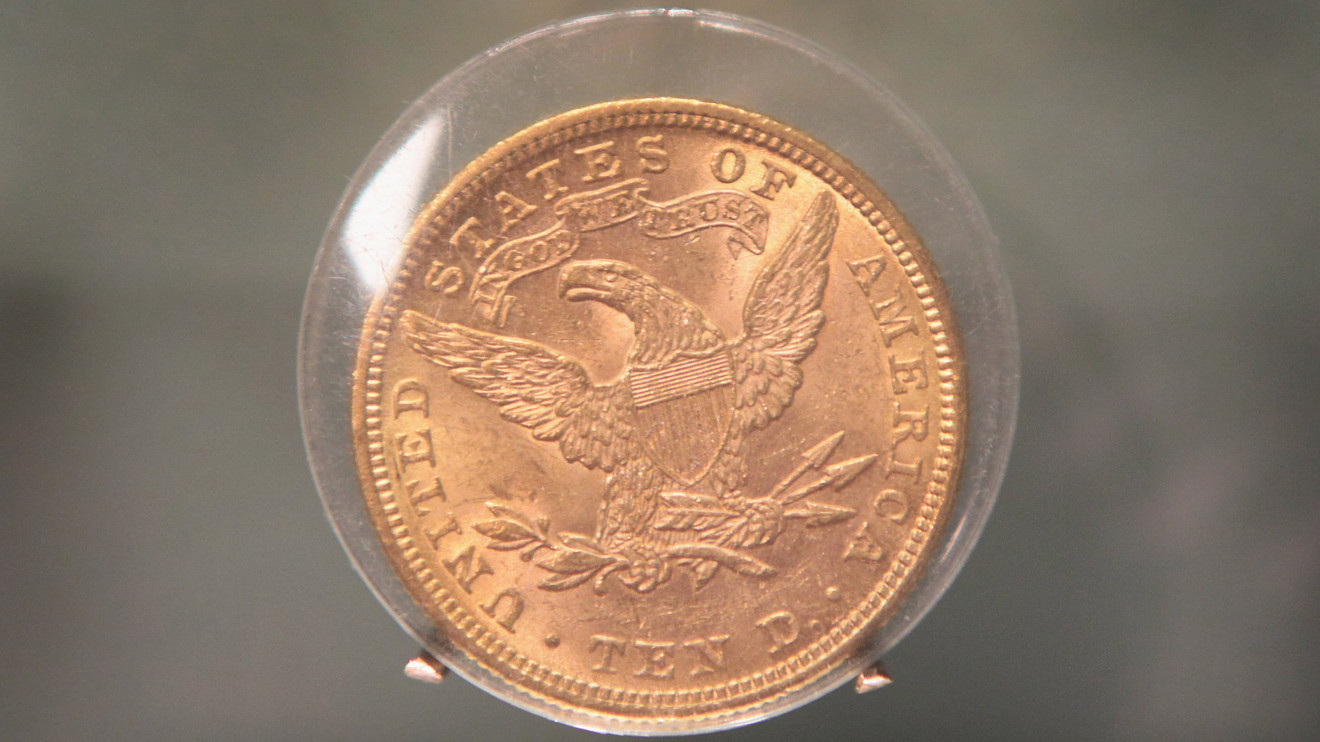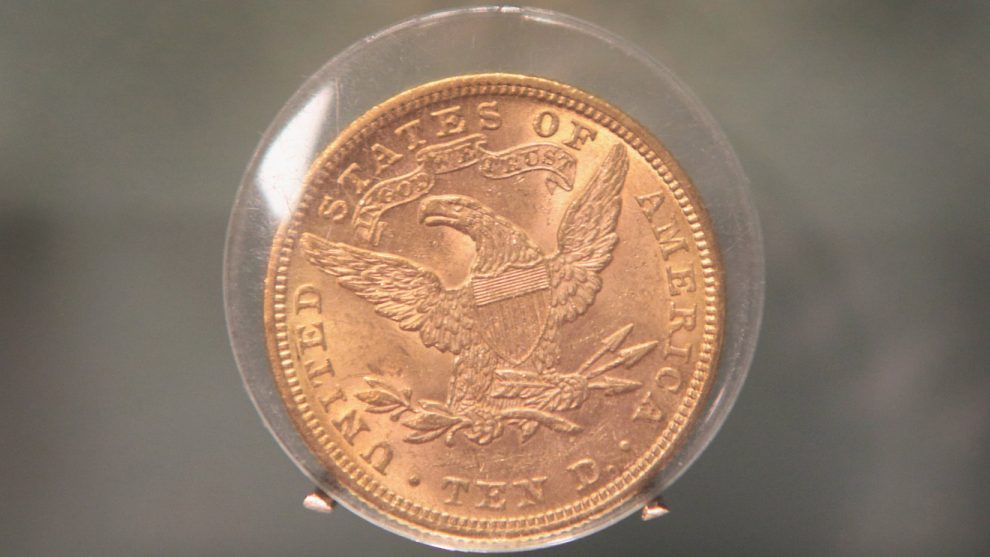
Gold didn’t see a bullish price reaction to the U.S. Federal Reserve’s decision to cut key interest rates for the first time in a decade, but that doesn’t come as a big surprise and gold still has lots of reasons to climb.
Indeed, after gold futures settled lower Thursday, prices for the metal rallied past $1,450 an ounce in electronic trade to levels not seen since 2013 when U.S. President Donald Trump tweeted that the U.S. would implement new tariffs on China starting on Sept. 1. That fed demand for haven gold.
Earlier, the U.S. central bank on Wednesday cut its benchmark interest rate by a quarter percentage point, marking the first reduction since the 2008 financial crisis. Gold typically attracts buyers in a low interest-rate climate.
However, Fed Chairman Jerome Powell, in a press conference that followed the announcement, said he didn’t see the move as the “beginning of a lengthy cutting cycle.”
Read: Here’s how the Fed could rattle the market instead of calm it down
“The Fed’s, and Chairman Powell’s, careful attempts to put the rate cut outside the context of an easing policy delivered a body blow to gold and equities,” Brien Lundin, editor of Gold Newsletter, told MarketWatch.
On Thursday, the most-active December gold futures contract GCZ19, +0.98% traded as low as $1,412.10 an ounce, the lowest intraday level in about a week. It pared some of those losses to settle at $1,432.40, down $5.40, or 0.4%.
Despite the Wednesday afternoon’s steep decline, Lundin said that “the weeks ahead will show the Fed beholden to the whims of Wall Street once again, as the U.S. stock market will eventually throw a temper tantrum if another rate cut isn’t forthcoming.”
“The bottom line is that not just the U.S. but the entire developed world is in an easing trend, and the resulting ultra-low-rate environment, along with expanding negative interest rate bonds, will be extremely bullish for gold and silver,” said Lundin.
So “gold may experience a corrective trend but as long as it remains near or above $1,400 for some time, it will work off its overbought status and eventually begin climbing once again,” he said.
In a unanimous decision Thursday, the Bank of England held its key interest rate at 0.75% and acknowledged economic growth was at risk. If Brexit is smooth and the global economy recovers, it said it would increase rates at a “gradual pace and to a limited extent.”
The “Fed is just the latest central bank to lower rates. No bank, in fact, is pursuing higher rates right now, the first time in six years we’ve seen this,” said Frank Holmes, chief executive and chief investment officer of U.S. Global Investors, in his latest blog.
Against that backdrop, demand for gold has been strong. Demand for the precious metal jumped to a three-year high of nearly 2,182 metric tons in the first half of this year, “largely due to record-breaking central bank purchases,” according to a report from the World Gold Council released Thursday.
Holdings in gold-backed exchange-traded funds, meanwhile, grew by 67.2 metric tons to a six-year high of 2,548 metric tons, the report said.
With the much-anticipated July Fed rate cut out of the way, gold still has a lot of potential catalysts to fuel a move higher in gold.
News on the U.S.-China trade dispute, as well as “any indication of what the Fed will do next” by evaluating U.S., Europe and China economic numbers, will be the next big market catalysts for gold, said James Hatzigiannis, senior commodities associate at Long Leaf Trading Group.
Talks held this week in Shanghai appeared to make little or no progress and trade negotiations look to continue to next year, he said. With the two countries not expected to speak again until September, this is “causing uncertainty in the markets and was [the] key factor in the decision for the U.S. Fed to cut rates.”
After gold futures settled Thursday, prices for the metal rallied past $1,450 an ounce to levels not seen since 2013 after U.S. President Donald Trump tweeted that the U.S. would implement new tariffs on China starting on Sept. 1. That fed demand for haven gold.
Read: Gold futures settle lower, then rally past $1,450 as Trump threatens new tariffs on Chinese goods
“The uncertainty in trade policies is something the Fed has not faced before and it sounded [like] more of an ‘insurance rate cut,” Hatzigiannis said before Trump’s tweets on Thursday, and that may lead “investors to go into gold.”











Add Comment